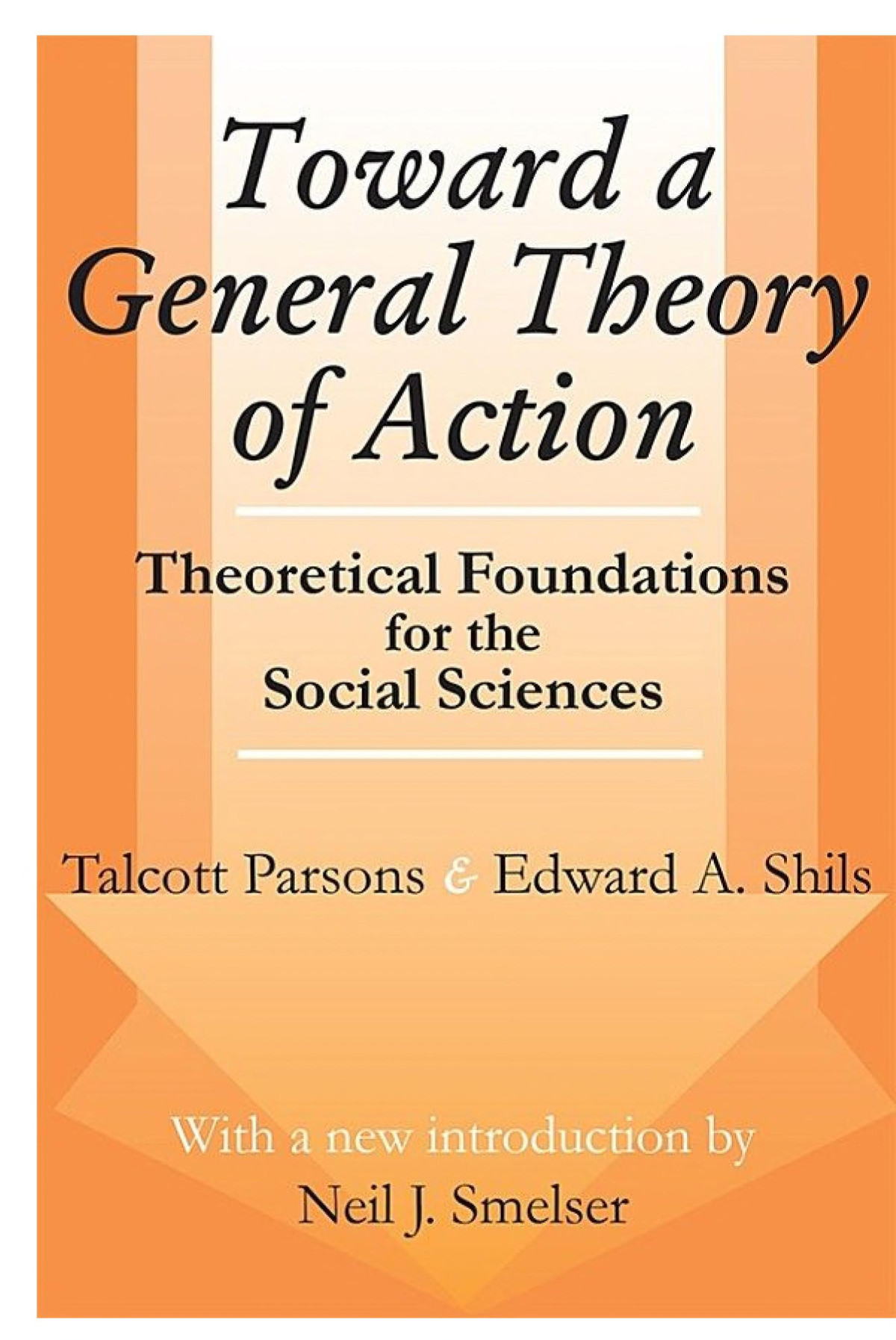

Most ebook files are in PDF format, so you can easily read them using various software such as Foxit Reader or directly on the Google Chrome browser.
Some ebook files are released by publishers in other formats such as .awz, .mobi, .epub, .fb2, etc. You may need to install specific software to read these formats on mobile/PC, such as Calibre.
Please read the tutorial at this link: https://ebookbell.com/faq
We offer FREE conversion to the popular formats you request; however, this may take some time. Therefore, right after payment, please email us, and we will try to provide the service as quickly as possible.
For some exceptional file formats or broken links (if any), please refrain from opening any disputes. Instead, email us first, and we will try to assist within a maximum of 6 hours.
EbookBell Team

4.1
10 reviewsToward a General Theory of Action, then, is a product of many stories. It is in large part a creation of Talcott Parsons (with Edward Shils’ important collaboration) which, however, also incorporated the major working variables of academic psychology, anthropology, and sociology of the day, as well as special interests of individual collaborators—for example, Murray on needs and need-dispositions, Kluckhohn on explicit vs. implicit culture, and Allport on the “functional autonomy” of motives. It is certainly a collective expression of the Department of Social Relations, though some members of the Department, notably George Homans, violently rejected that idea (Homans, 1984). And above all, both Social Relations and Toward a General Theory of Action were expressions of the remarkable optimism abroad in the postwar years about the scientific and practical promise of the behavioral and social sciences (see Chase, 1948). One ingredient of this optimism, moreover, was the vision, faith, and hope for a unity of science—voiced both before and after mid-century but certainly salient at that moment.
As formidable a statement as Toward a General Theory of Action is, that particular expression of the theory of action turned out to be very short-lived. Already in 1952 Parsons was beginning his collaboration with the psychologist, Robert F. Bales, whose pioneering research focused on group processes as they related to group performance and solidarity. Within another year (Parsons, Bales, and Shils, 1953), the pattern-variables had formally been incorporated into a new version of action—that of the functional system-problems— that was to remain the theoretical centerpiece of Parsons’ work during the last quarter-century of his career.